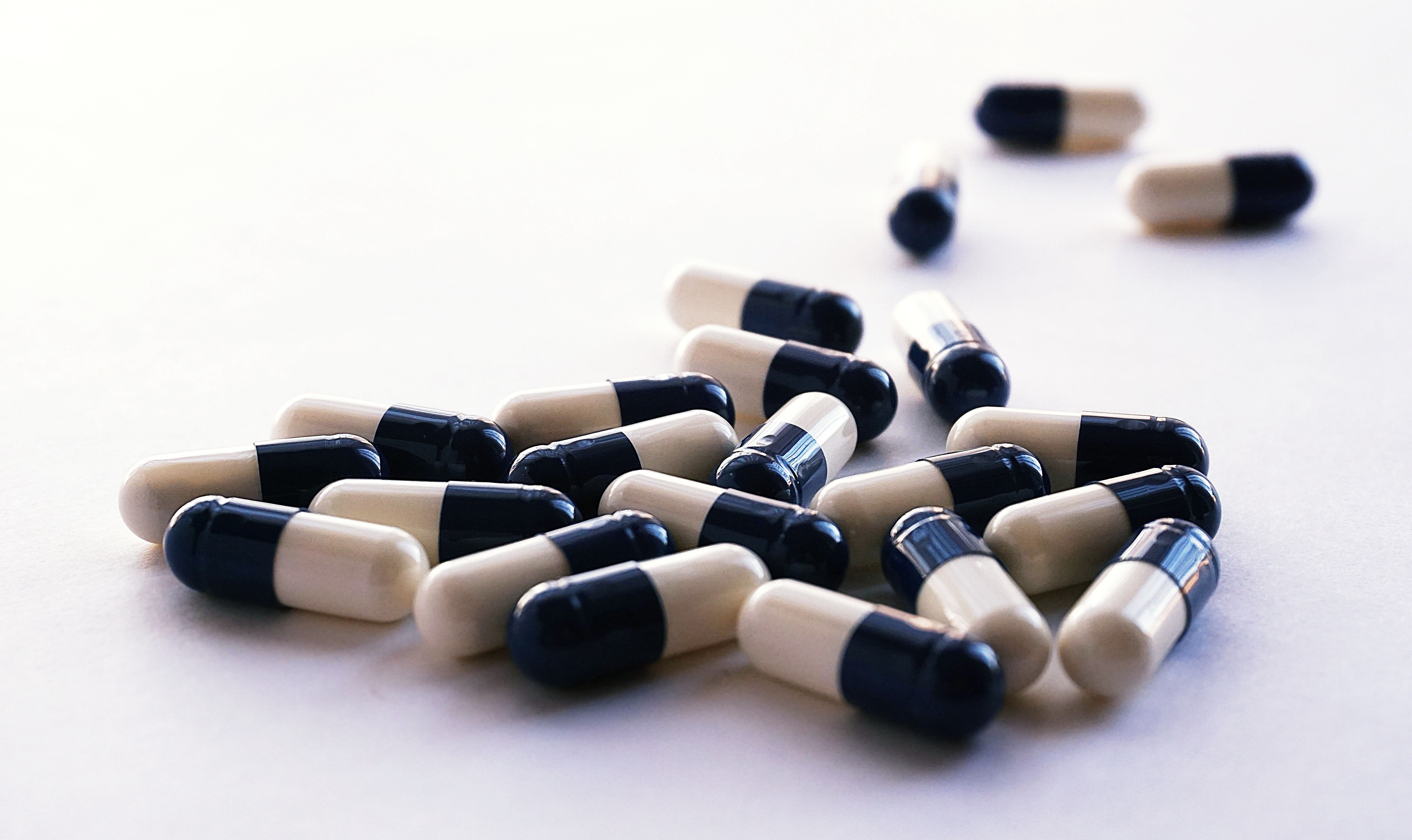Article
Antibiotic Use Linked to Infections in Patients With Mid-Facial Trauma
Author(s):
Antibiotic use was not linked to a decrease in infectious complications in either the unadjusted analysis or the adjusted analysis.
Credit: Suzy Hazelwood

Critically ill patients who present to the hospital with mid-facial trauma and are treated with antibiotics are at an increased risk of developing infections, including pneumonia and sinusitis.1
A team, led by Daniel Hyneman, DDS, MD, Resident, Department of Oral & Maxillofacial Surgery, Louisiana State University Health Sciences Center, determined whether antibiotics reduce the rate of infectious complications in critically injured patients who have blunt mid-facial trauma treated non-operatively.
“While recent literature suggests antibiotics are not needed in patients with nonoperative facial fractures involving sinuses, the existing studies do not focus on critically-injured patients who are known to be at higher risk for sinusitis and ventilator-associated pneumonia, which could be exacerbated by facial fractures,” the authors wrote.
The Patients
In the retrospective, cohort study, the investigators examined 307 patients admitted to the trauma intensive care unit who sustained blunt mid-facial injuries managed nonoperatively at an urban Level 1 trauma center between August 13th, 2012 and July 30th, 2020. The mean age of the patient population was 40.6 years and 85% of the participants were men.
Each participant was critically injured on admission and sustained a mid-facial fracture involving a sinus. The investigators also excluded patients who underwent operative repair of any facial fracture.
The investigators sought primary outcome variables of the development of infectious complications, including sinusitis, soft tissue infection, or any type of pneumonia, including ventilator-associated pneumonia (VAP).
Antibiotic Use
Overall, antibiotics were administered to 74.6% (n = 229) of the participants. The results show 13.6% of the participants developed complications, including sinusitis (0.3%), VAP (7.5%) and other types of pneumonia (5.9%), while 2 patients developed clostridiodes difficile colitis.
However, antibiotic use was not linked to a decrease in infectious complications in either the unadjusted analysis (13.1% in antibiotic group, 15.4% in no antibiotic group, risk ratio [RR], 0.85; 95% confidence interval [CI], 0.5-1.6; P = 0.7) or the adjusted analysis (odds ratio [OR], 0.74; 95% CI, 0.34-1.62).
“Even in this critically-injured patient population thought to be at elevated risk for infectious complications from their mid-facial fractures, the rates of infectious complications in those who received antibiotics and those who did not were no different,” the authors wrote. “These results suggest that consideration of more judicious use of antibiotics is warranted in critically-ill patients with nonoperative mid-face fractures.”
The Need to Reduce Antibiotic Use
There remains a growing concern over antibiotic use and the overall risk of drug-resistant bacteria.
Recently, investigators found a testing program that involves both toxin and PCR tests, investigators proved the ability to detect and diagnose CDI, while reducing antibiotic use.
A team, led by Lana Dbeibo, MD, identified the association between changing CDI diagnostic methods and the way testing results are displayed and the rates of CDI-specific treatment.
In the retrospective study, the investigators examined 610 C. difficile cares over a 2 year time period that spanned the year preceding and following the institution’s transition from PCR to two-step testing.
The results show 93% (n = 329) of patients in the PCR group were treated with CDI-specific therapy, while 42% (n = 59) in the likely colonized group were treated and all 114 patients in the toxin positive group were treated.
After conducting a multivariate analysis, the investigators found patients who were PCR positive or likely colonized in the two-step era were 20 times less likely to be associated with treatment for CDI, without adversely impacting patient outcomes.





